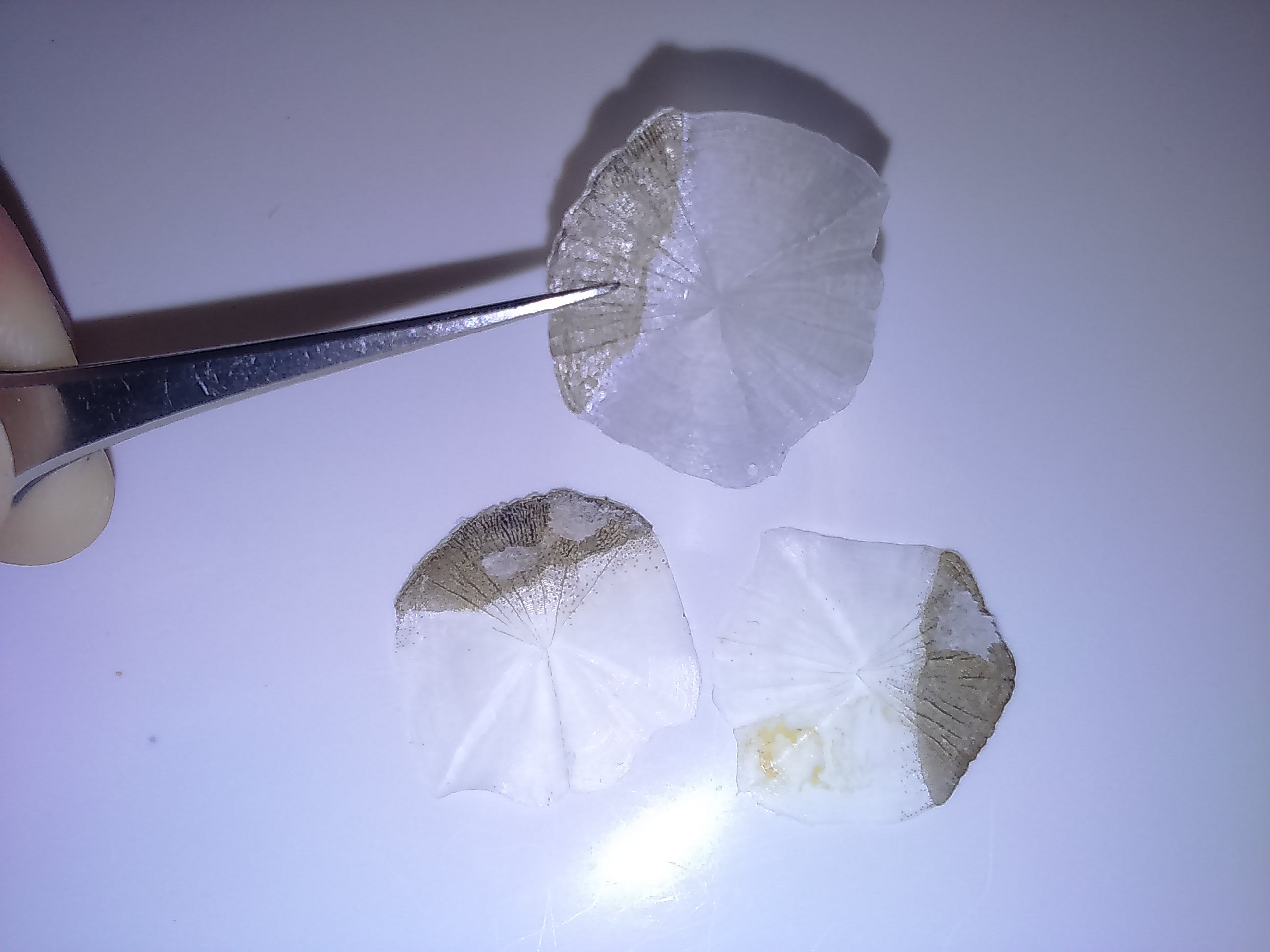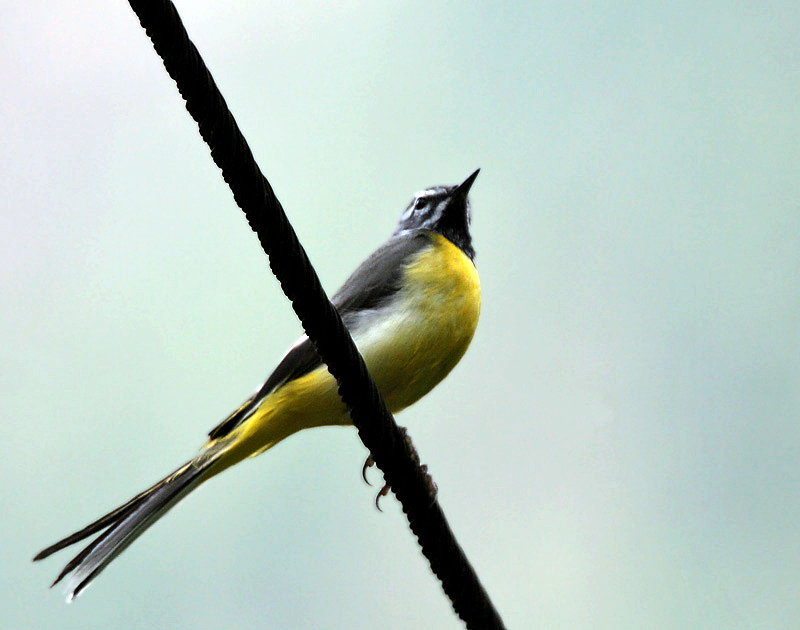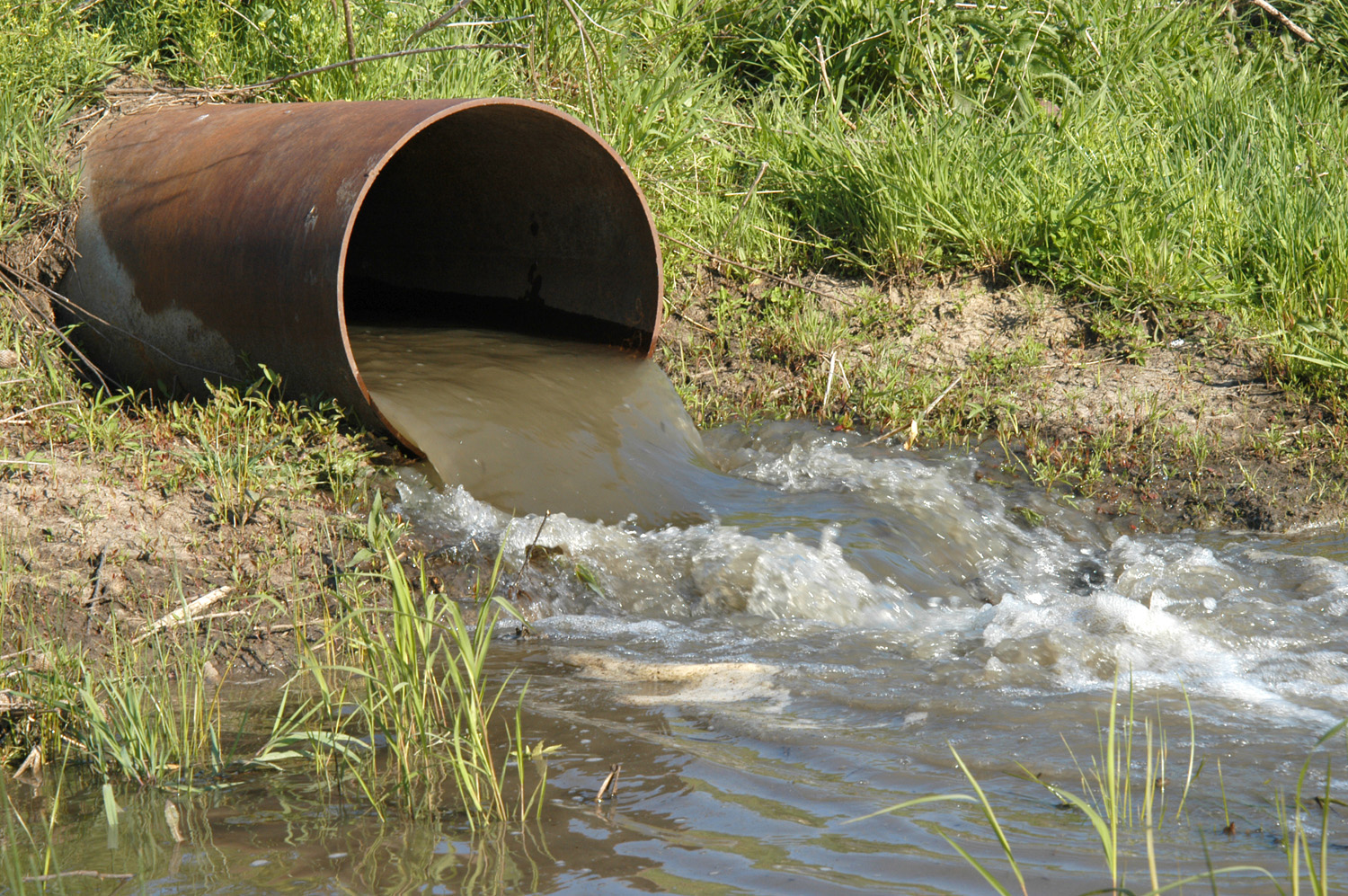|
Black Brook (Chorley)
Black Brook in Lancashire has its source at Great Hill in the West Pennine Moors. The water is acidic due to a high level of peat in the uplands near to Round Loaf, giving the brook its brown colour. The young river was known as Warth Brook in olden Heapey. A feeder stream also known as Black Brook joins near Kittiwake Road - this short and weak water course commences at Eagle Tower. The jointed brook feeds Anglezarke Reservoir, and joins the River Yarrow in lowland Chorley at Yarrow Bridge. The entire course of Black Brook and the River Yarrow fall within Chorley and its villages. History Black Brook powered a water mill at Leicester Mill, White Coppice, from which Leicester Mill Quarries gained their name. Wildlife After suffering many years of pollution due to effluent discharge from Whitter's Factory, and Stanley's Factory, the river is now much cleaner, and as such has attracted birds such as dipper, grey wagtail and kingfisher, and fish including trout, chub, dace ... [...More Info...] [...Related Items...] OR: [Wikipedia] [Google] [Baidu] |
Blackbrook
Blackbrook may refer to several places in the United Kingdom: * Blackbrook, Cheshire, England * Blackbrook, Derbyshire, England * Blackbrook, London, in the London Borough of Bromley, near Southborough, Bromley, Southborough * Blackbrook, St Helens, England * Blackbrook, Staffordshire, England * Blackbrook, Surrey, England See also * Blackbrook Reservoir, Leicestershire, England * Blackbrook River, Devon, England {{disambig ... [...More Info...] [...Related Items...] OR: [Wikipedia] [Google] [Baidu] |
White Coppice
White Coppice is a hamlet near Chorley, Lancashire, England. It was the most populated part of the township of Anglezarke in the 19th century. Close to the settlement in the early 19th century were quarries and small coal mines. The hamlet lies to the north of Anglezarke Reservoir in the Rivington reservoir chain built to provide water for Liverpool in the mid 19th century. To the south west is a hill known as Healey Nab. White Coppice had a cotton mill at the start of the Industrial Revolution. Its mill lodge provided water for a steam engine, and before that the mill was powered by a waterwheel on the Black Brook (Chorley), Black Brook. Around 1900 the mill was owned by Alfred Ephraim Eccles, a supporter of the Temperance movement. Notable residents * Walter Haworth was born here on 19 March 1883 and won a Nobel Prize in chemistry. * Henry Tate, Sir Henry Tate, 1st Baronet was born on 11 March 1819 in White Coppice. He was an English sugar merchant and philanthropist, note ... [...More Info...] [...Related Items...] OR: [Wikipedia] [Google] [Baidu] |
Rivers Of Lancashire
A river is a natural flowing watercourse, usually freshwater, flowing towards an ocean, sea, lake or another river. In some cases, a river flows into the ground and becomes dry at the end of its course without reaching another body of water. Small rivers can be referred to using names such as creek, brook, rivulet, and rill. There are no official definitions for the generic term river as applied to geographic features, although in some countries or communities a stream is defined by its size. Many names for small rivers are specific to geographic location; examples are "run" in some parts of the United States, "burn" in Scotland and northeast England, and "beck" in northern England. Sometimes a river is defined as being larger than a creek, but not always: the language is vague. Rivers are part of the water cycle. Water generally collects in a river from precipitation through a drainage basin from surface runoff and other sources such as groundwater recharge, springs, a ... [...More Info...] [...Related Items...] OR: [Wikipedia] [Google] [Baidu] |
Barbel (fish Species)
Barbels are group of small carp-like freshwater fish, almost all of the genus ''Barbus''. They are usually found in gravel and rocky-bottomed slow-flowing waters with high dissolved oxygen content. A typical adult barbel can range from 25 to 100 cm in length and weigh between 200 g and 10 kg, although weights of 200 g are more common. Babies weigh 100–150 g. Barbel roe is poisonous and causes vomiting and diarrhea in some people. However, the fish itself can be eaten and recipes are available in The Illustrated London Cookery Book by Frederick Bishop. The name barbel derived from the Latin ''barba'', meaning beard, a reference to the two pairs of barbels, a longer pair pointing forwards and slightly down positioned, on the side of the mouth. Fish described as barbels by English-speaking people may not be known as barbels in their native country, although the root of the word may be similar. For instance, the Mediterranean barbel (''Barbus meridionalis'') ... [...More Info...] [...Related Items...] OR: [Wikipedia] [Google] [Baidu] |
Common Dace
The common dace (''Leuciscus leuciscus'') is a species of freshwater and brackish water ray-finned fish from the family Cyprinidae which is native to Europe but which has been introduced to other parts of the world. It is a quarry species for coarse anglers. Description The common dace differs from other members in the genus ''Leuciscus'' found in Europe by its inferior mouth, slightly longer upper jaw which has the tip of the upper lip level with the centre line of the eye and the lack of an obvious snout. It has a yellowish iris and a body which is covered in large silvery scales, the lateral line having 49–52 scales. The anal fin has a concave margin and the caudal fin is forked. The dorsal fin has 2–3 spines and 7–9 soft rays while the anal fin has 3 spines and 8–9 soft rays. The maximum size attained is a total length of . Distribution The common dace is native to Europe and northern Asia where its occurs in the basins of the North Sea, Baltic Sea, White Sea and Bar ... [...More Info...] [...Related Items...] OR: [Wikipedia] [Google] [Baidu] |
European Chub
''Squalius cephalus'' is a European species of freshwater fish in the carp family Cyprinidae. It frequents both slow and moderate rivers, as well as canals and still waters of various kinds. This species is referred to as the common chub, European chub, or simply chub. Description It is a stocky fish with a large rounded head. Its body is long and cylindrical in shape and is covered in large greenish-brown scales which are edged with narrow bands of black across the back, paling to golden on the flanks and even paler on the belly. The tail is dark brown or black, the dorsal fin is a greyish-green in colour and all the other fins are orange-red. The dorsal fin has 3 spines and 7-9 soft rays while the anal fin has 3 spines and 7-10 rays. The vertebrae count is 42-48. It can grow to 60 cm standard length but most fish are around 30 cm. Distribution The chub is distributed throughout most of northern Eurasia, it can be found in the rivers flowing into the North, Baltic, n ... [...More Info...] [...Related Items...] OR: [Wikipedia] [Google] [Baidu] |
Brown Trout
The brown trout (''Salmo trutta'') is a European species of salmonid fish that has been widely introduced into suitable environments globally. It includes purely freshwater populations, referred to as the riverine ecotype, ''Salmo trutta'' morpha ''fario'', a lacustrine ecotype, ''S. trutta'' morpha ''lacustris'', also called the lake trout, and anadromous forms known as the sea trout, ''S. trutta'' morpha ''trutta''. The latter migrates to the oceans for much of its life and returns to fresh water only to spawn. Sea trout in Ireland and Britain have many regional names: sewin in Wales, finnock in Scotland, peal in the West Country, mort in North West England, and white trout in Ireland. The lacustrine morph of brown trout is most usually potamodromous, migrating from lakes into rivers or streams to spawn, although evidence indicates some stocks spawn on wind-swept shorelines of lakes. ''S. trutta'' morpha ''fario'' forms stream-resident populations, typically in alpine stre ... [...More Info...] [...Related Items...] OR: [Wikipedia] [Google] [Baidu] |
Kingfisher
Kingfishers are a family, the Alcedinidae, of small to medium-sized, brightly colored birds in the order Coraciiformes. They have a cosmopolitan distribution, with most species found in the tropical regions of Africa, Asia, and Oceania, but also can be seen in Europe. They can be found in deep forests near calm ponds and small rivers. The family contains 114 species and is divided into three subfamilies and 19 genera. All kingfishers have large heads, long, sharp, pointed bills, short legs, and stubby tails. Most species have bright plumage with only small differences between the sexes. Most species are tropical in distribution, and a slight majority are found only in forests. They consume a wide range of prey usually caught by swooping down from a perch. While kingfishers are usually thought to live near rivers and eat fish, many species live away from water and eat small invertebrates. Like other members of their order, they nest in cavities, usually tunnels dug into ... [...More Info...] [...Related Items...] OR: [Wikipedia] [Google] [Baidu] |
Grey Wagtail
The grey wagtail (''Motacilla cinerea'') is a member of the wagtail family, Motacillidae, measuring around 18–19 cm overall length. The species looks somewhat similar to the yellow wagtail but has the yellow on its underside restricted to the throat and vent. Breeding males have a black throat. The species is widely distributed, with several populations breeding in Eurosiberia and migrating to tropical regions in Asia and Africa. The species is always associated with running water when breeding, although they may use man-made structures near streams for the nest. Outside the breeding season, they may also be seen around lakes, coasts and other watery habitats. Like other wagtails, they frequently wag their tail and fly low with undulations and they have a sharp call that is often given in flight. Taxonomy and systematics The binomial name of the grey wagtail ''Motacilla cinerea'' was introduced by Marmaduke Tunstall in his 1771 publication ''Ornithologia Britannica''. '' ... [...More Info...] [...Related Items...] OR: [Wikipedia] [Google] [Baidu] |
Dipper
Dippers are members of the genus ''Cinclus'' in the bird family Cinclidae, so-called because of their bobbing or dipping movements. They are unique among passerines for their ability to dive and swim underwater. Taxonomy The genus ''Cinclus'' was introduced by the German naturalist Moritz Balthasar Borkhausen in 1797 with the white-throated dipper (''Cinclus cinclus'') as the type species. The name ''cinclus'' is from the Ancient Greek word ''kinklos'' that was used to describe small tail-wagging birds that resided near water. ''Cinclus'' is the only genus in the family Cinclidae. The white-throated dipper and American dipper are also known in Britain and America, respectively, as the ''water ouzel'' (sometimes spelt "ousel") – ouzel originally meant the only distantly related but superficially similar Eurasian blackbird (Old English ''osle''). Ouzel also survives as the name of a relative of the blackbird, the ring ouzel. The genus contains five species: *White-throated d ... [...More Info...] [...Related Items...] OR: [Wikipedia] [Google] [Baidu] |
Effluent
Effluent is wastewater from sewers or industrial outfalls that flows directly into surface waters either untreated or after being treated at a facility. The term has slightly different meanings in certain contexts, and may contain various pollutants depending on the source. Treating wastewater efficiently is challenging, but improved technology allows for enhanced removal of specific materials, increased re-use of water, and energy production from waste. Definition Effluent is defined by the United States Environmental Protection Agency (EPA) as "wastewater–treated or untreated–that flows out of a treatment plant, sewer, or industrial outfall. Generally refers to wastes discharged into surface waters". The ''Compact Oxford English Dictionary'' defines effluent as "liquid waste or sewage discharged into a river or the sea". Wastewater is not usually described as effluent while being recycled, re-used, or treated until it is released to surface water. Wastewater percolate ... [...More Info...] [...Related Items...] OR: [Wikipedia] [Google] [Baidu] |
Yarrow Bridge
Yarrow Bridge is a small road bridge which crosses the River Yarrow in Chorley, Lancashire, England. The bridge carries the A6 road over the river. There is also a pub and garage next door to bridge which carries the same name. The bridge has existed since the late 17th century when the road leading to Bolton (A6) was put east away from Duxbury Woods. Before this a previous road bridge existed with its foundations still remaining within the woodland. A spa was also established behind the bridge on Hoggs Lane in the 1850s; so much was the popularity of the spa was that over 10,000 people attended the spa on one day in remarkably hot summer of 1850. The small cottage which exists in the shadow of the bridge is the only remnant of the spa's existence. The public house which is adjacent and carries the bridge's name is one of the oldest in Chorley. The establishment was previously known as the Standish Arms after the local manor lords of Duxbury Hall Duxbury Hall was a 19th-c ... [...More Info...] [...Related Items...] OR: [Wikipedia] [Google] [Baidu] |






